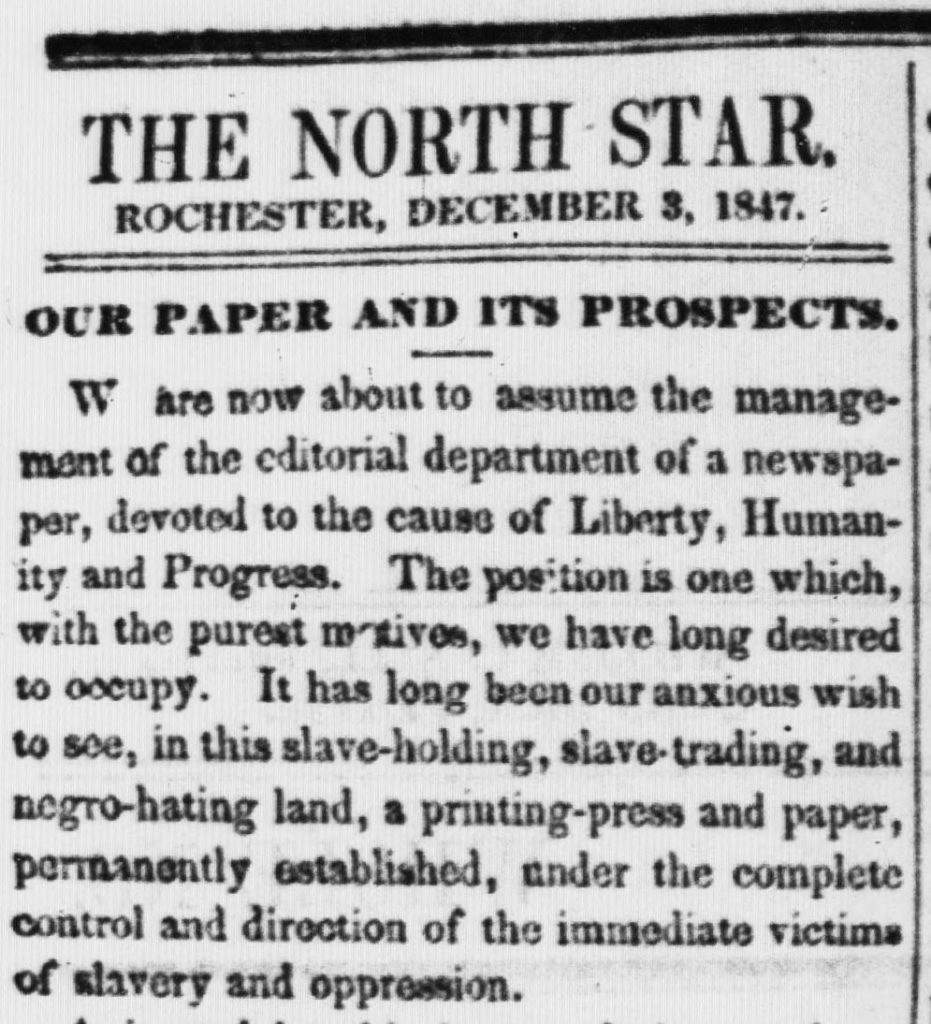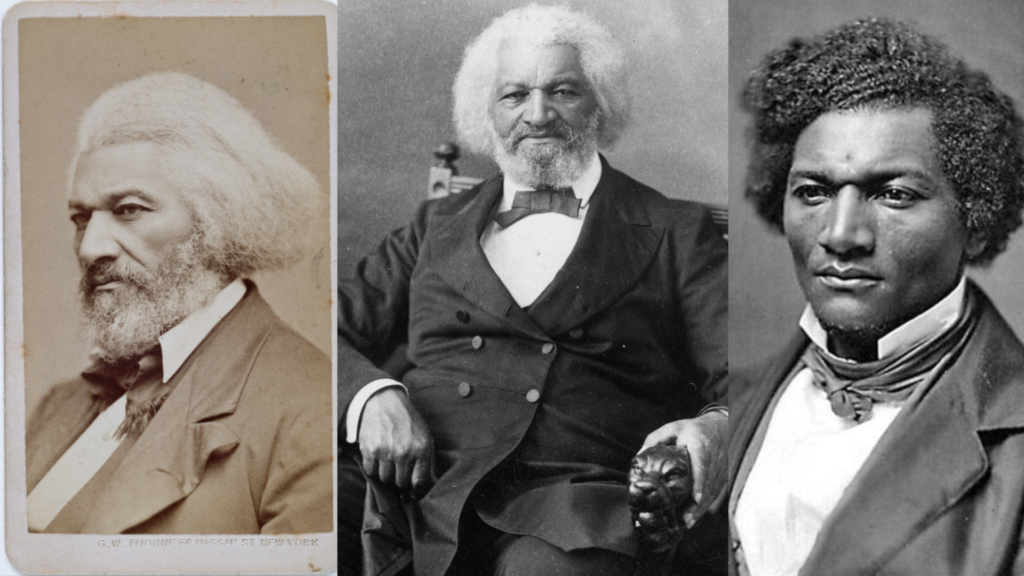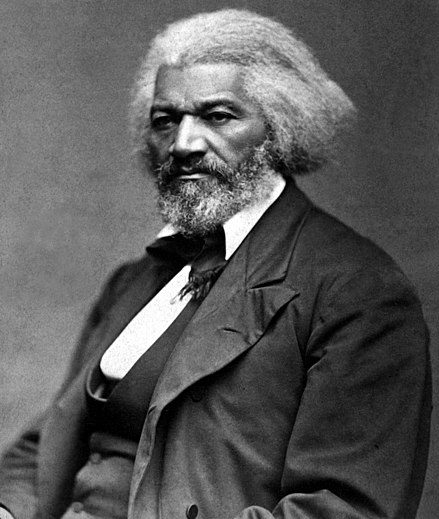|
Getting your Trinity Audio player ready...
|
Frederick Douglass was an abolitionist, human rights and women’s rights activist, orator, author, journalist, publisher, and social reformer. Committed to freedom, Douglass dedicated his life to achieving justice for all Americans, particularly African-Americans, women, and minority groups.
He wrote and edited an influential abolitionist newspaper for years, broke down barriers for African Americans in government service, served as an international spokesperson and statesman, and contributed to the fight against racial prejudice during the Reconstruction Era. He also published three autobiographies.
1. He was born Frederick Bailey in 1818 and later changed his name to Fredrick Douglas.
Douglass was born Frederick Augustus Washington Bailey. After successfully escaping from slavery in 1838, at the suggestion of his friend, he and his wife took the name Douglas from a narrative poem by Sir Walter Scott, Lady of the Lake.
2. He escaped at the age of 20 to New York and became free.
On September 3, 1838, Frederick Douglass escaped from slavery using a disguise and work skills he had acquired while being made to work in the shipyards of Baltimore. When Douglass boarded a train in Baltimore bound for Philadelphia, he pretended to be a sailor. It was the third time he tried to escape slavery.
3. His dad was white, but he had never met him.
His father was white and of European descent.
4. His grandmother raised him.
His mother was an enslaved person whom he never saw but five times because she worked on a plantation 12 miles away and died when he was pretty young when his mom died when he was seven years old.
5. Douglass gave bread to young boys to help them learn to read.
In his opinion, an enslaved or black person may obtain their key to freedom through reading. When Frederick arrives at Mrs. Auld’s plantation, she demonstrates this by teaching him how to read. Additionally showed when Frederick offered bread to white children so they could learn to read and spell. Another instance was when Frederick listened to a conversation and checked the dictionary to see what the terms meant.
6. Frederick Douglass contributes to the February celebration of Black History Month.
Carter G. Woodson, a historian and educator, established “Negro History Week,” the forerunner to Black History Month, to coincide with the time of year when Frederick Douglass and Abraham Lincoln commemorated their birthdays. Douglass opted to celebrate his birthday on February 14 even though he was born into slavery, and it is unknown when he was born.
7. Douglas was a pastor and a public speaker.
After relocating to New Bedford, Massachusetts, Douglass was shocked by the discrimination and condescending attitude he encountered in the northern Methodist churches. His membership in the African Methodist Episcopal Zion Church led to his ordination as a preacher there in 1839.
8. He believed in the rights of black people and women.
Frederick Douglass believed that rights should not be restricted by race or gender and dedicated his entire life to advancing women’s rights. He thought marginalized groups ought to help one another, and Douglass was a crucial figure in the 1848 Seneca Falls Convention on Women’sWomen’s Rights.
9. He wrote a book about himself.
The earliest and best-known of Douglass’ three autobiographies, Narrative of the Life of Frederick Douglass, an enslaved American, was released in 1845.
In his autobiography, Douglass said, “I have no accurate knowledge of my age, never having seen any authentic record containing it.”

10. Douglass started a newspaper.
Frederick Douglass established a newspaper opposing slavery called The North Star, afterward known as Frederick Douglass’ Paper. The North Star was first printed on December 3, 1847, with money Douglass had acquired during a speaking tour in Great Britain and Ireland. It quickly became one of the most significant African American antislavery journals before the Civil War. As suggested by the newspaper’s name, runaway slaves used the North Star in the night sky as a compass.
11. Douglass served as an advisor to Presidents.
He served as U.S. Marshal for D.C. under five presidents.
Abraham Lincoln described him as the most deserving person of the nineteenth century. Douglass was appointed to various roles in his later years. During Rutherford B., he held the position of U.S. Marshal for the District of Columbia. Significantly. When he had these posts, political activism by African Americans was severely constrained by violence and fraud.
12. Frederick Douglass was the most photographed American of the 19th century.

With more portraits taken of him than even Abraham Lincoln, Douglass deliberately went looking for photographers because he thought that photography was a crucial instrument for attaining civil rights since it provided a means of truthfully and fairly portraying African Americans. He purposefully avoided smiling for the camera, partly to contrast the “happy slave” caricatures that were popular then, especially in settings like minstrel shows where white artists played racist plays in blackface.
13. He was the only Black American attending the First Women’s Rights Convention.
Frederick Douglass gave a passionate statement about being the only African American present at the crucial Seneca Falls Convention in 1848. Despite his unshakeable conviction, The Vote demonstrates how the 15th Amendment divided Douglass and the women’s movement’s pioneers.
14. Frederick Douglass was the first African-American to run for U.S president
In 1848, Douglass’ campaign mainly occurred before black people were given the right to vote, and at the same time as slavery was officially allowed in the United States. Barack Obama was the first Black American to receive the Democratic Party’s presidential nomination in 2009.
Frederick Douglass was the first African American to have a presidential appointment confirmed by the U.S. Senate. A few years later, in 1877, President Rutherford Hayes named him the U.S. Marshal of the District of Columbia.
15. He died at the age of 77
Douglass went to a meeting of the National Council of Women on February 20, 1895. He arrived back at his Cedar Hill house in the late afternoon and was getting ready to deliver a speech at a nearby church when he had a heart attack and died. Douglass was aged 77.
Conclusion
Douglass, an American legend who championed social justice and equity, earned the moniker “Lion of Anacostia” near the end of his life. He bravely contested the racial prejudices of African Americans through his writings, lectures, and photography. Early in the 20th century, during Negro History Week, the precursor of Black History Month, which many communities anchored to the day Douglass’s birthday was observed, February 14, his contributions to the Black American community and American history were honored. Today, Frederick Douglass is recognized not just for his ascent from slavery to the top echelons of American society but also for his commitment to pressuring the nation to uphold its goals and acknowledge the rights of all people.


